Turmeric - Beautiful Significance in Indian Weddings
In Indian weddings, this amazing ingredient haldi or turmeric has an entire ceremony to its name 'Haldi Ceremony'. Turmeric is known as 'Haldi' in Hindi language.
In the Indian cuisine, haldi or turmeric holds a special place of honour in our homes. It is known for its anti-inflammatory and other healing properties, because of which it has become popular as a medicine as well.
And, one area where it holds the most important place is when it comes to Indian traditions.
According to the ancient texts, there is significance for every ritual that forms a part of the Indian wedding, including the haldi ceremony. So, take a look at this wedding ritual, and its significance :
<>Rituals of Haldi Ceremony :
In a few cultures, this ceremony is also held a day before the wedding, after the mehendi ritual or on the morning of the wedding day. It is known by different names in different regions, like ubtan, mandha, tel baan, etc
In the Haldi ceremony also known as Tel Baan in some cultures. The haldi ceremony is the one in which a paste of haldi is applied on the bride and the groom’s body before their wedding. This ceremony is held at both the bride and the groom’s place, on the morning of the wedding day. The family members ‘prepare’ the bride and groom (in their respective homes) for the forthcoming wedding.
They apply a paste, also known as ubtan, made from herbs, vegetable oils, fresh milk curds, sandalwood powder and primarily turmeric. All the ingredients for the ceremony are separately put in bowls made of clay, put together in a plate. The ingredients are applied by the means of brushes made of grass.
Elderly ladies in the family start the ritual first as they are the elders and the respectful ones, they take these grass brushes and dip them in the ingredients and apply it symbolically to their feet, knees, hands, shoulders and head seven times from bottom to top and then top to bottom. This is accompanied by some singing of folk songs.
The family members of the bride/groomapply this paste on the hands, feet, arms, legs and face of the bride and the groom and bless them as they gear up for their big day. The ingredients used in this ceremony are known to be good for complexion and have been used for many ages. Its almost like an ancient Indian Spa Treatment. The event is replete with lots of music, fun and tasty food before the wedding festivities begin
As the ubtan is applied, it can get very playful for the bride/groom as well as the family members. At this time, the bride/groom are also supposed to give a portion of the paste to the unmarried girls/boys in the family. This is supposed to bring them a good looking husband/wife soon.
During the ceremony, kangana or sacred thread is tied on the right wrists of the bride and groom. The kangana is a red thread strung through an iron chaaku (small iron knife for protection), turmeric sticks, supari (areca nut, but commonly known as betel nut) and kaudis (shells).
These are all symbols of good luck and to protect the bride and the groom from the evil eye and so that wedding happens without any obstacles.
<>Significance of the Haldi Ceremony :
>To Ward off Evils
Haldi is said to ward off the evil eye as per religious texts. Application of the haldi is said to protect the bride and the groom from any bad omen that might harm them before their big day. It is for the same reason that the bride and the groom are prohibited from stepping outside once the haldi ceremony is over. After this, they only get to go out on the day of the wedding.
>As a Symbol of Blessings
The ladies who apply the haldi paste on the couple also shower them with blessings of a happy and healthy married life – something that is considered invaluable as the couple sets off to begin a new life with each other.
>Purification of heart and soul
Turmeric, according to ancient Hindu texts is said to have purification powers. Application of the paste cleanses the body and the soul of the couple that is going to be tied into holy matrimony. It marks an auspicious start to a new life together with a pure heart and soul.
>For the Glow
All said and done, the haldi ceremony also has ‘actual tangible’ benefits as well! The paste that is applied during the haldi ceremony is a strong antiseptic that prevents acne and pimples. It also sloughs off dead skin to reveal glowing skin underneath. What’s more, the faint yellow stain left behind by the turmeric gives you an ethereal glow that is both beautiful and divine.
The haldi ceremony is one of the most exciting and important pre-wedding ceremonies during the wedding.
If you are the bride-to-be, then be sure to enjoy the event and seek blessings from all the elders to ensure that your wedding is smooth and stress-free.
I am sharing with you a link where you can get a glimpse of Indian Haldi Ceremony.
Please upvote/restrem my post and help me in showing you some more mesmerising facts about Indian culture.
Thank You
Happy steemiting!!
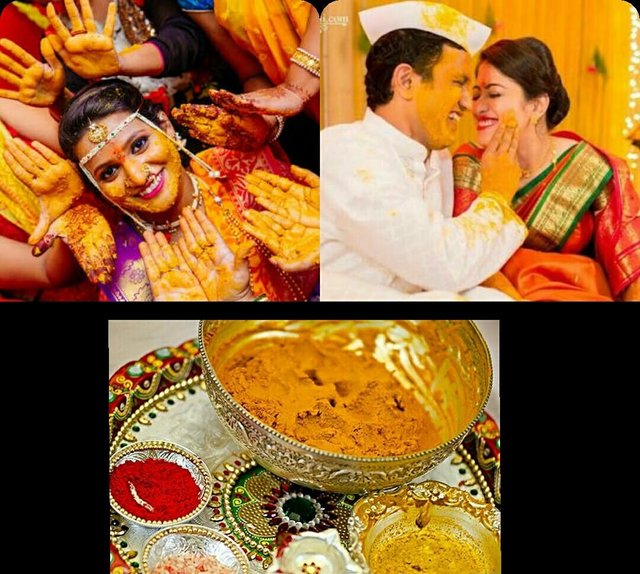
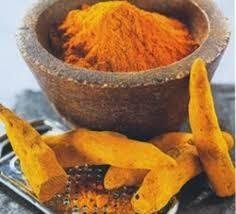
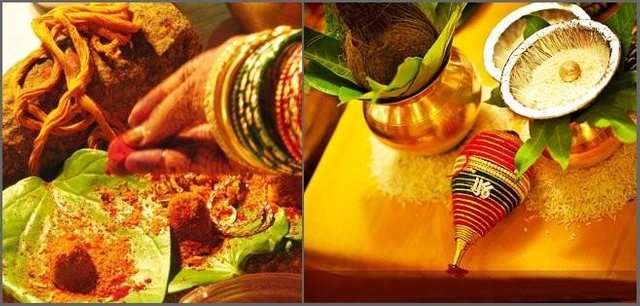
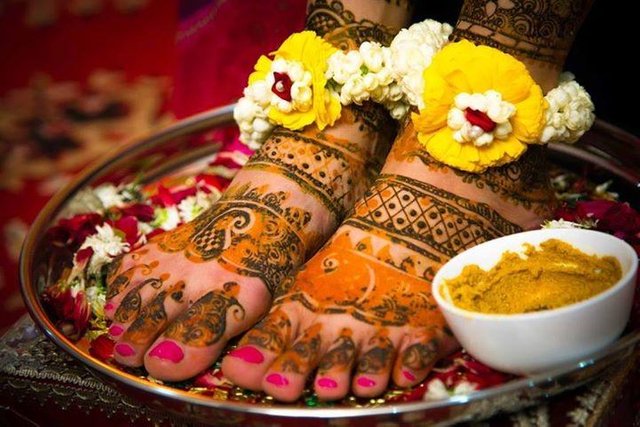
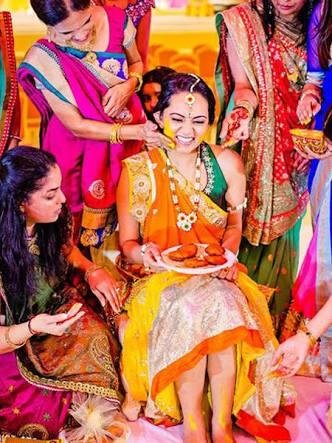
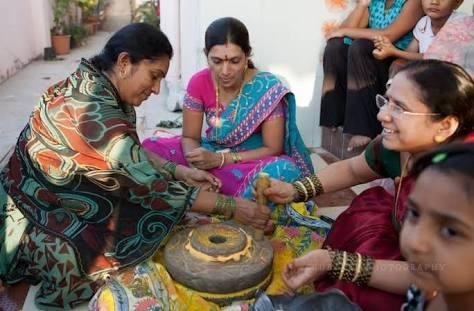
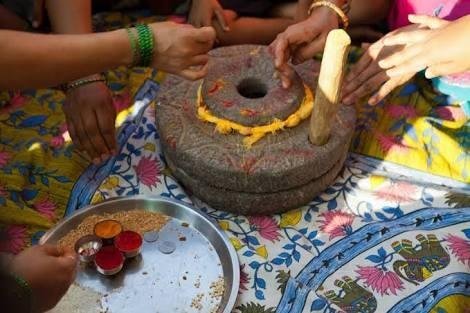
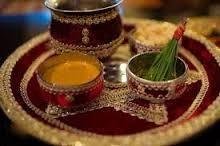
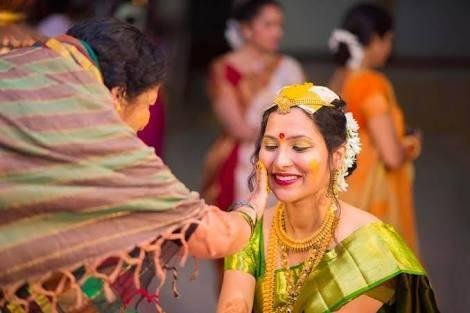
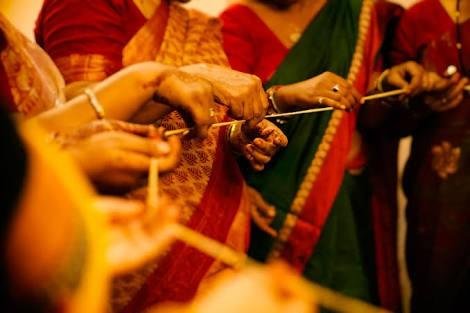
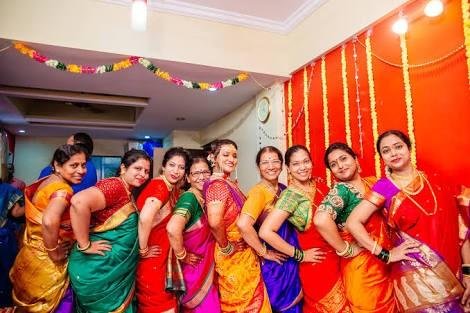

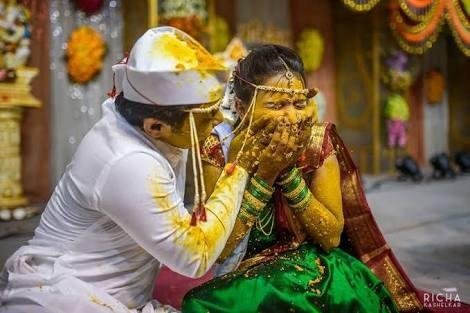
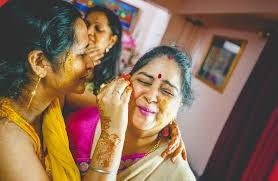
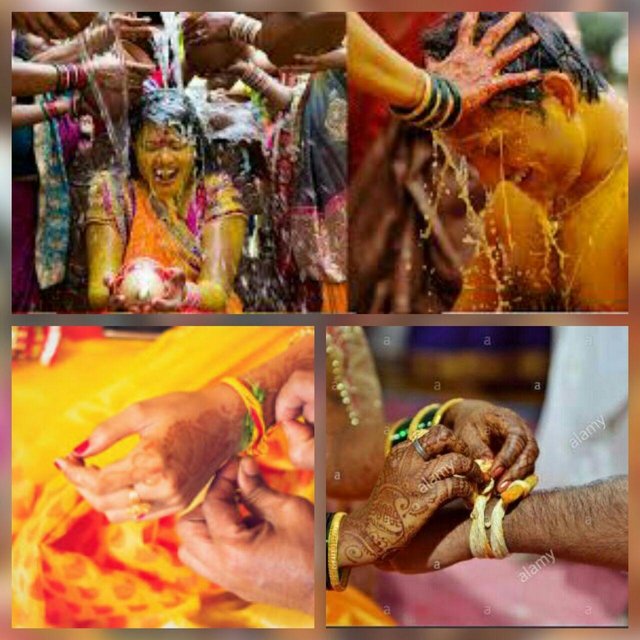
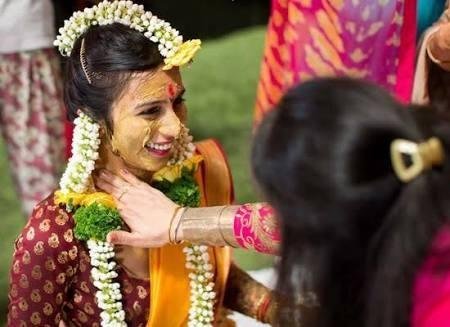
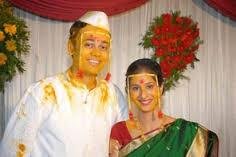

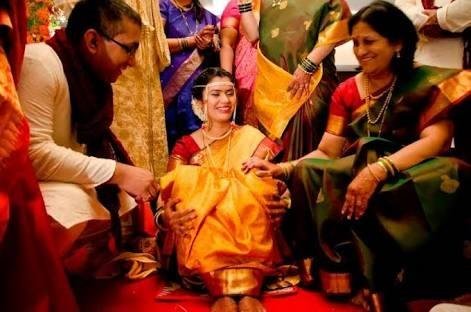
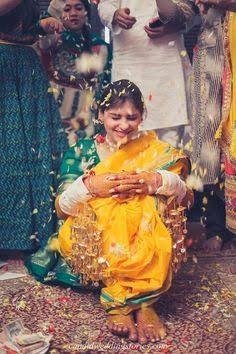
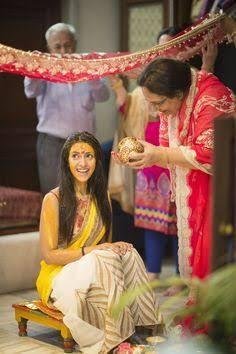
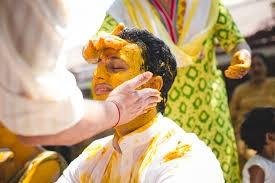

Thanks floor plan software : event planning software